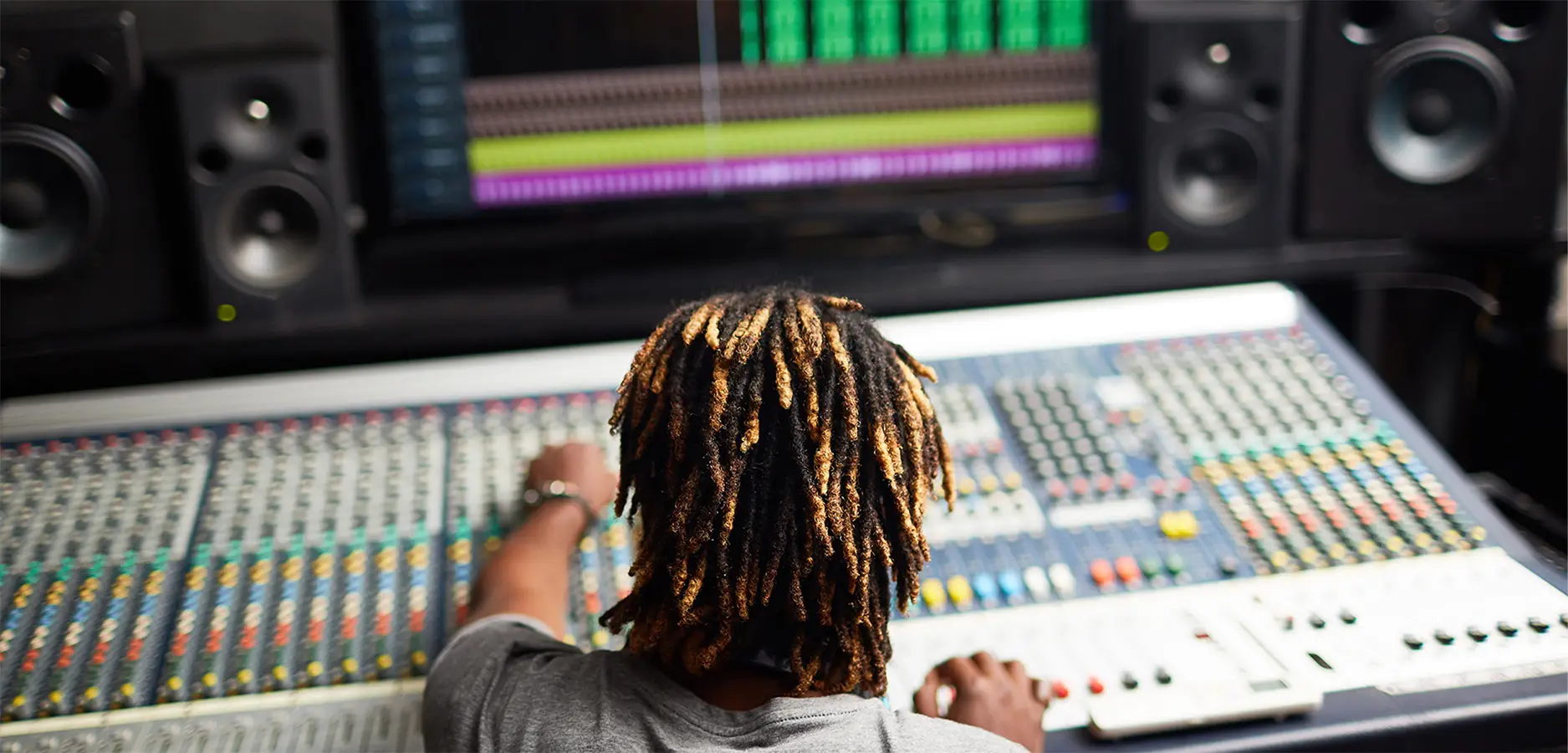In this article:
Mastering is the final touch that takes an electronic music track from good to great. It’s the process of balancing the mix, enhancing the audio quality, and ensuring that the track sounds cohesive across all playback systems. Whether you’re producing tech house, techno, or any other electronic genre, mastering is crucial to make your track sound polished and professional.
In this article, we’ll cover the best mastering techniques for electronic music, focusing on key processes that ensure your tracks are club-ready.
1. Optimize Your Mix First
Before even starting the mastering process, it’s essential to ensure that your mix is as perfect as possible. Mastering cannot fix a poorly balanced mix, so make sure that:
- Your levels are balanced (no instrument or element is overpowering).
- The low-end is tight and controlled, especially in bass-heavy genres.
- Your stereo image is well spread, with no phase cancellation.
- Avoid clipping and keep headroom in mind. Aim for a peak of around -6dB to leave enough space for mastering.
A well-done mix makes the mastering process smoother and helps to achieve better results.
2. Focus on EQ for Clarity
In electronic music, EQ is one of the most powerful tools in mastering. Your goal is to enhance the clarity of the track by adjusting specific frequency ranges:
- Low-End (20-100Hz): Control the sub-bass frequencies to prevent muddiness. Use a high-pass filter below 20Hz, as these frequencies are often inaudible but can cause unnecessary energy.
- Low-Mid (100-500Hz): Clean up this range to avoid boxiness. If your track sounds muddy, a small cut in the 250-400Hz range can help.
- High-End (8-16kHz): Boosting these frequencies can add brightness and air to your track. However, be careful with excessive boosts as it can introduce harshness or hiss, especially on sibilant sounds.
By using EQ to clean up your track, you’ll ensure each element shines through without clashing or getting lost in the mix.
3. Compression for Balance and Energy
Compression is key in mastering electronic music to create a cohesive sound while maintaining energy. Here’s how to use it effectively:
- Glue Compression: Use a light, slow-attack, and slow-release compression to glue the track together. This creates a sense of uniformity and smoothness across all elements without squashing the dynamics.
- Multiband Compression: In electronic music, multiband compression is particularly useful to control different frequency ranges separately. For instance, you can tame the sub-bass while leaving the mid and high frequencies relatively untouched. This allows the track to retain its energy and punch.
- Parallel Compression: This technique lets you add compression to the track without losing the original dynamics. Blend a compressed signal with the dry one to add punch and energy to the drums, bass, or lead elements.
Compression should be subtle in mastering. You want to enhance the track’s dynamics without making it sound overly compressed or flat.
4. Use Saturation for Warmth and Character
Saturation adds subtle harmonic distortion, which can give your track more warmth, depth, and character. This is especially important in electronic music, where digital production can sometimes lead to sterile-sounding tracks.
- Tape Saturation: Emulates the warmth of analog tape machines, softening the digital harshness and giving the track a rounded feel.
- Tube Saturation: Adds harmonic richness and warmth, particularly useful for bringing out the low-mid frequencies in bass-heavy genres like tech house or techno.
Apply saturation carefully and moderately, as too much can muddy the mix and result in unwanted distortion.
5. Stereo Widening for a Larger Sound
Electronic music benefits greatly from a wide stereo image, as it creates a more immersive experience for the listener. However, mastering is about finding the right balance between width and mono compatibility.
- Mid/Side EQ: Use a mid/side EQ to enhance the stereo width by boosting the sides (especially in the high frequencies) while keeping the mids centered and tight.
- Stereo Imaging Plugins: Tools like iZotope’s Ozone Imager or Waves S1 Stereo Imager can help widen the mix subtly. Be cautious with the low-end, which should always remain mono to avoid phase issues, especially in club systems.
Remember, too much widening can lead to phase cancellation and weaken the punch of your track. Always check how your track sounds in mono after applying stereo widening.
6. Limiting for Loudness
Loudness is crucial in electronic music, especially for genres like house and techno, which rely on a powerful presence in clubs. A limiter is used as the final stage to boost the volume while preventing clipping.
- Set Your Ceiling: Aim for a ceiling of -0.1dB or -0.3dB to prevent clipping when the track is converted to different formats.
- Avoid Over-Limiting: While it’s tempting to push your track as loud as possible, over-limiting can squash dynamics and introduce distortion. Use a true peak limiter to ensure your track retains its punch while achieving the desired loudness.
You want the track to be loud enough to compete with commercial releases, but don’t sacrifice dynamics for volume.
7. Reference Your Track
Throughout the mastering process, reference your track against other professional mixes in the same genre. This will give you a benchmark for tonal balance, loudness, and stereo width. Listening on different systems (studio monitors, headphones, car speakers, etc.) is also crucial to ensure your track translates well across all playback environments.
Final Thoughts
Mastering electronic music requires attention to detail, patience, and a good understanding of the genre’s requirements. By focusing on EQ for clarity, compression for balance, saturation for warmth, and limiting for loudness, you can create tracks that sound professional and hit hard on any system.
Mastering is as much an art as it is a science, so take the time to practice and refine your skills. If you’re looking for a professional touch, you can also consider outsourcing mastering to experienced engineers who specialize in electronic music.
Read other articles
 April 4, 2025
April 4, 2025Stop Letting AI Master Your Tracks (Here’s What You’re Missing)
Stop Letting AI Master Your Tracks (Here’s What You’re Missing)
 April 4, 2025
April 4, 2025AI Mastering vs Human Ears: Why Real Experience Still Wins
AI Mastering vs Human Ears: Why Real Experience Still Wins
 April 4, 2025
April 4, 2025What You Learn from Watching Your Track Get Mixed
What You Learn from Watching Your Track Get Mixed

